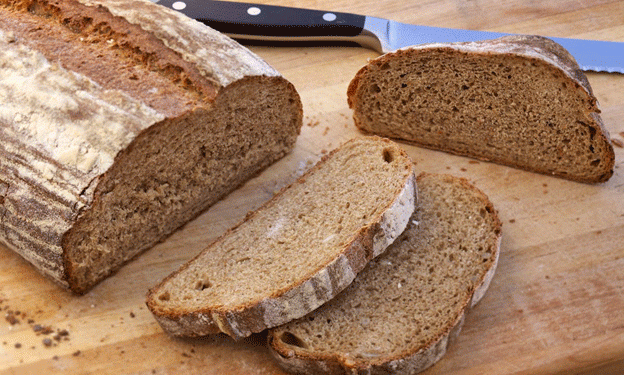Switzerland’s 2024 grain harvest has fallen short, prompting the country’s cereal sector to request an increase in import quotas. Due to adverse weather conditions during the growing season, with frequent rains from planting to harvest, both the quantity and quality of bread grains such as wheat, rye, and spelt have suffered. This shortage comes at a critical time when Switzerland’s domestic production cannot meet the national demand for these essential crops.
The Swiss Federal Office for Agriculture (FOAG) confirmed on Monday that it had received a formal request from the cereal sector to raise the permitted import quota by an additional 20,000 tons. The current annual import quota is set at 70,000 tons, which is already proving insufficient to meet the country’s needs in light of the poor harvest. The Federal Council is expected to approve the increase by the end of the month, allowing for the import of more grains to avoid supply disruptions.
In response to the immediate need, the FOAG has already taken action by releasing a portion of the planned import quota ahead of schedule. Normally, the import quota is divided into several tranches over the course of the year—four tranches of 10,000 tons and two of 15,000 tons. The final tranche, which was originally scheduled for early November, has now been made available in early October to help cover the national demand for cereals.
Switzerland is not alone in facing this shortfall. Central Europe, a key grain-producing region, has also been affected by excessive rainfall, which has reduced crop yields across the continent. This broader European grain shortage is likely to increase competition for imports, putting pressure on Switzerland to secure its grain supplies quickly.
While Switzerland’s domestic grain production plays an essential role in supplying its markets, the country remains partially reliant on imports, especially in challenging years like this one. In previous years, Switzerland has sourced much of its wheat and other cereals from neighboring European countries, but given the widespread impact of the 2024 harvest shortfalls, securing these imports may prove more difficult. This situation highlights the growing importance of international grain trade and Switzerland’s need to adjust its import policies in response to global agricultural fluctuations.
The increase in import quotas, along with the early release of planned imports, will provide some relief to Swiss millers and bakers, ensuring a continued supply of flour for bread production. However, this reliance on imports also raises concerns about the long-term sustainability of Switzerland’s cereal supply in the face of increasing climate volatility. The country’s agricultural sector may need to look toward more resilient crop varieties, better water management practices, and innovative farming techniques to reduce its vulnerability to weather extremes.
Switzerland’s 2024 grain shortage underscores the need for flexible agricultural import policies and the importance of adapting to climate change. While increasing import quotas provides an immediate solution, Swiss agriculture will have to explore more sustainable practices to maintain food security in the face of increasingly unpredictable weather patterns.
Error




